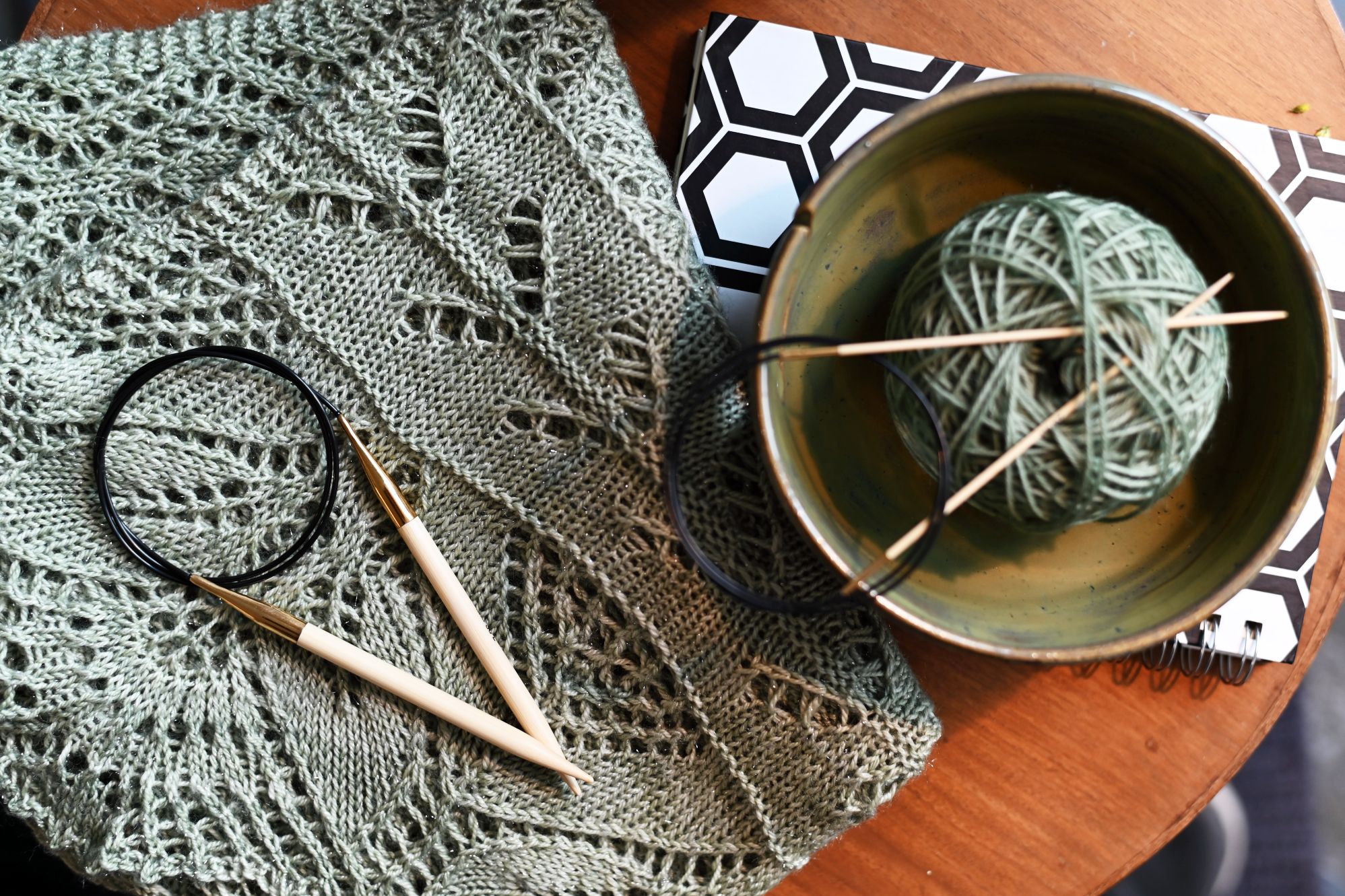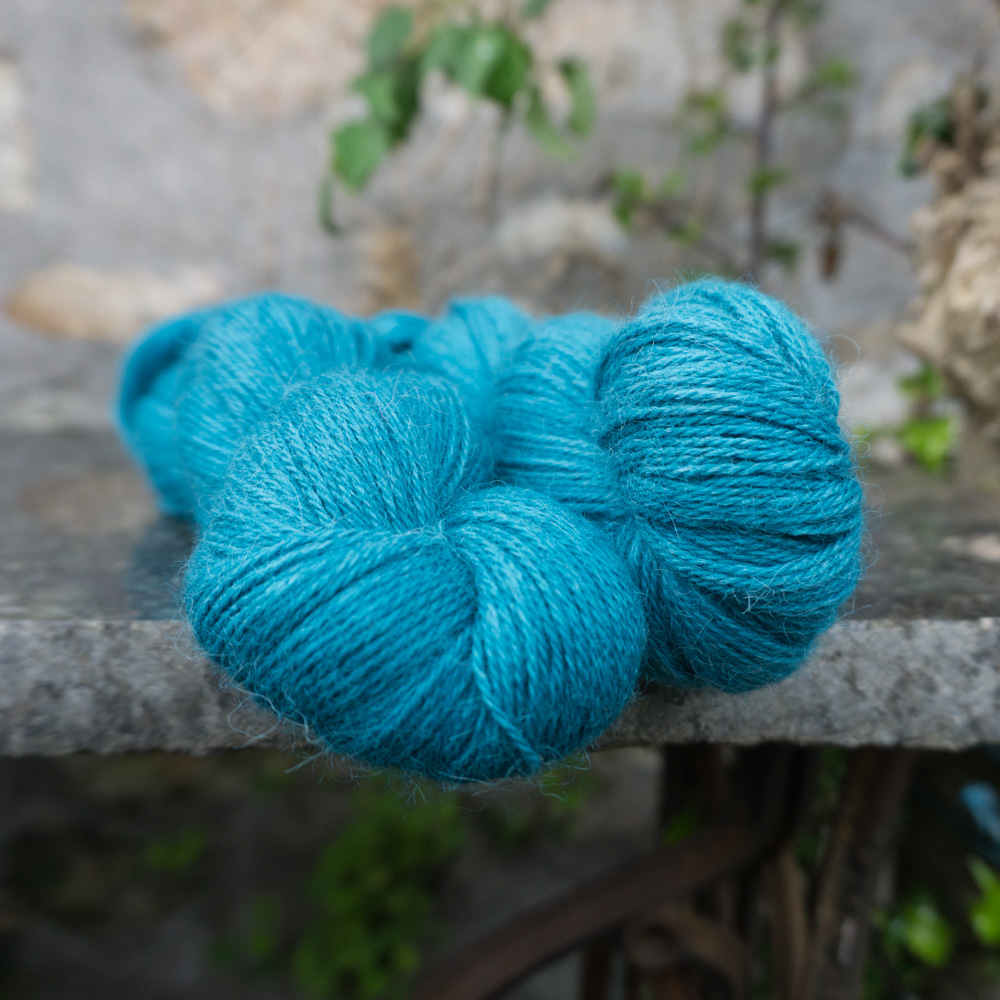Important Things to Consider When Buying the Ideal Knitting Yarn
Yarn is a type of textile commonly made from animal-based fibres, plant-based fibres, or synthetic fibres. These interlocked fibres, also known as plies, are spun into thicker strands. The number of plies in a yarn influences its drape, stitch definition, and overall feel. When it comes to knitting, you should be picky about your yarn. Knowing which type of yarn is best for your needs can help you complete your knitting project successfully.

Important Factors to Consider When Purchasing Knitting Yarn
Different yarns have different fibre characteristics, making some yarns better than others. When looking for the best one, you’ll find a wide selection online, where you can shop for the finest knitting yarn Australia wide and have it safely delivered straight to your door! However, before doing so, there are a few things that every knitter should consider.
The Weight
When selecting the suitable yarn for your project, weight is an important factor to consider. The weight of the yarn you choose must be appropriate for your project. For instance, you won’t need heavy, chunky yarn to make a light shawl. On the other hand, if you’re making a winter blanket, you should avoid using thin, lacey yarn. The thickness of your yarn will influence the appearance of the finished product.
The Ply
Some knitting patterns look better with specific yarns. A yarn with more plies, individual strands twisted together to make the yarn, produces more textured and defined stitches. Worsted-weight yarn, a medium-thickness yarn that allows you to see individual stitches, is recommended for most beginners. On the other hand, single-ply yarn is a better choice if you want your garment or item to have a softer appearance.

Your Project Budget
You might want to knit an oversized cashmere blanket, but you should think about how much yarn you’ll need to finish the project because high-quality skeins can be expensive. When selecting yarn, keep your budget in mind, especially if you’re knitting for profit.
The Stock
Choose a yarn that isn’t too difficult to find or has been discontinued. It won’t be easy to replenish your supply if you run out of a difficult-to-find yarn in the middle of a large knitting project.
Knitting Yarn Materials
Acrylic
Acrylic fibres are polymers formed by acrylonitrile or vinyl cyanide that are used to make synthetic fibres. Because of its heat-retention properties, acrylic is frequently referred to as imitation wool and used for producing fake fur and fleece, making it an excellent choice for low-cost, warm winter knits.
Bamboo
Bamboo yarn is another natural plant fibre that works well for lightweight knitting projects. It’s an excellent choice for draping garments or items because it’s more absorbent than cotton. Bamboo yarn is soft, versatile, and highly sustainable for the environmentally conscious, ideal for light sweaters, casual tops, and summer sleepwear.

Cotton
Cotton yarn is a solid and lightweight yarn made from the cotton plant. This natural fibre is soft, breathable, and absorbent. Since cotton yarn effectively draws heat away from the body, it’s the right option for summer knits and warm-weather clothing.
Merino
When it comes to wool, knitters have a plethora of options. Merino wool is softer and less scratchy than standard wool because it comes from Merino sheep.
It is ideal for regulating body temperature in cold and hot weather, making it a popular choice for athletic clothing. On the other hand, Wool can “pill,” resulting in those difficult-to-remove fabric fuzzes.
Polyester
Known for its durability, polyester is a synthetic fibre made from coal and petroleum. It is also used as a wool substitute, but it is a better choice for those who have sensitive skin or allergies to animal hair. Polyester yarn is ideal for large blankets or warm, comfortable clothes that can be machine washable.
Yarn Weight & Colour Guide
Lace
Lace yarn is a super lightweight yarn that works well for shawls and doilies. Because this yarn is very light, airy, and delicate, knitters use larger needles to create openwork patterns and intricate details.
Superfine
Superfine, also known as fingering weight, is a slightly heavier yarn than lace but still works well for shawls and wraps. Fingering weight yarn is suitable for many delicate knits and socks.

Worsted
Worsted yarn is a medium-thickness yarn that is twice the weight of double knitting or sport yarn and is the most commonly used and “knittable” yarn weight, or Aran weight. Worsted yarn is ideal for outdoor or winter wear, particularly hats and thicker sweaters.
Super Bulky
Super bulky, also known as roving yarn, is a thick yarn used for chunky knits such as cowls, hats, and scarves.
There are no rules when it comes to the best colour for knitting yarn. You can go for the colour you want. However, keep in mind that individual stitches are difficult to see in dark-coloured yarns, especially black ones. On the other hand, most natural yarns are bleached or otherwise treated. Some delicate yarns should be used in their natural state.
Knitting Yarn Different Shapes
Knitting yarns come in a variety of shapes. The three most popular ones are balls, skeins, and hanks.
The only difference between a skein and a ball is the winding method, and most commercially available yarn comes in skeins anyway. Balls are simple to knit and will not tangle as you unwind them further, but they will roll off easily.
Hanks are more visually appealing and allow you to see the texture and colour of the yarn, especially if it’s multi-coloured. As a result, the expensive, premium yarn Australia knitting brands sell is found in hanks.
However, the process of unwinding it can be time-consuming and may require the use of specialized tools. So, it’s best to leave it to more experienced knitters!
Yarn Labels
Needle Size & Gauge
This will give you an idea of the size of the needle you should use and how much yarn you will need for your project.

Dye-Lot Number
This is crucial if you plan on purchasing more than one skein. The majority of yarns are dyed in lots.
Care Instructions
Most yarns include instructions on how to wash your knitted garment. This is especially important if you are knitting a gift. Then, make sure to share this information with the receiver.



